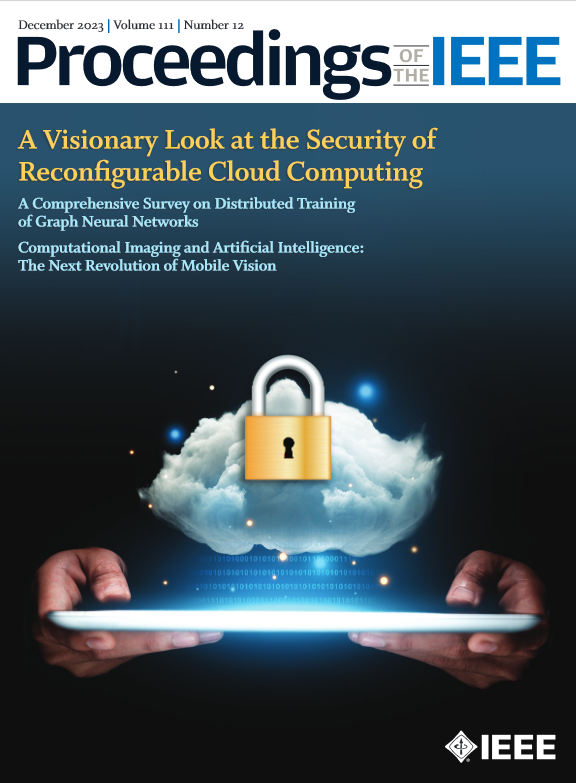全双工网络设计现状调查
IF 23.2
1区 计算机科学
Q1 ENGINEERING, ELECTRICAL & ELECTRONIC
引用次数: 0
摘要
全双工(FD)技术在最近的研究中显示出了巨大的潜力,因此被越来越多地集成到各种无线网络中。与半双工(HD)技术相比,在网络中实施全双工技术需要从不同的网络角度考虑节点间干扰(INI)问题。在网络中部署 FD 技术时,必须考虑几个关键因素。这些因素包括自干扰(SI)和必要的 SI 消除(SIC)过程,以及每个时隙选择多个用户设备(UE)。此外,与 SI 类似,INI(包括跨链路干扰 (CLI) 和小区间干扰 (ICI))在同时进行上行链路 (UL) 和下行链路 (DL) 传输和接收时也是一个关键问题。由于大多数 INI 难以消除,因此在 FD 网络设计中,必须对无线电资源控制 (RRC)、介质访问控制 (MAC) 和物理层 (PHY) 进行全面研究,而不是只关注单个网络层和网络类型。本文介绍了最新的研究成果,包括第三代合作伙伴项目(3GPP)中有关 FD、MAC 协议、用户调度和 CLI 处理的协议和文件。还通过基于三维光线跟踪的网络级系统仿真对这些方法进行了比较。本文章由计算机程序翻译,如有差异,请以英文原文为准。
A State-of-the-Art Survey on Full-Duplex Network Design
Full-duplex (FD) technology is gaining popularity for integration into a wide range of wireless networks due to its demonstrated potential in recent studies. In contrast to half-duplex (HD) technology, the implementation of FD in networks necessitates considering internode interference (INI) from various network perspectives. When deploying FD technology in networks, several critical factors must be taken into account. These include self-interference (SI) and the requisite SI cancellation (SIC) processes, as well as the selection of multiple user equipment (UE) per time slot. In addition, INI, including cross-link interference (CLI) and intercell interference (ICI), becomes a crucial issue during concurrent uplink (UL) and downlink (DL) transmission and reception, similar to SI. Since most INIs are challenging to eliminate, a comprehensive investigation that covers radio resource control (RRC), medium access control (MAC), and the physical (PHY) layer is essential in the context of FD network design, rather than focusing on individual network layers and types. This article covers state-of-the-art studies, including protocols and documents from the third-generation partnership project (3GPP) for FD, MAC protocol, user scheduling, and CLI handling. The methods are also compared through a network-level system simulation based on 3-D ray tracing.
求助全文
通过发布文献求助,成功后即可免费获取论文全文。
去求助
来源期刊

Proceedings of the IEEE
工程技术-工程:电子与电气
CiteScore
46.40
自引率
1.00%
发文量
160
审稿时长
3-8 weeks
期刊介绍:
Proceedings of the IEEE is the leading journal to provide in-depth review, survey, and tutorial coverage of the technical developments in electronics, electrical and computer engineering, and computer science. Consistently ranked as one of the top journals by Impact Factor, Article Influence Score and more, the journal serves as a trusted resource for engineers around the world.
 求助内容:
求助内容: 应助结果提醒方式:
应助结果提醒方式:


